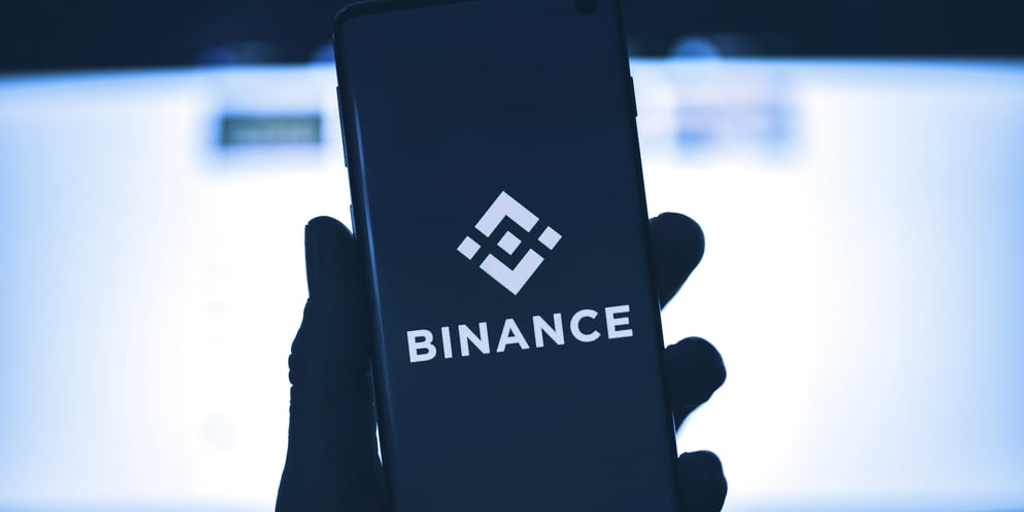
Wow, tell us Tether is running a Ponzi scheme without telling us that Tether is running a Ponzi scheme. Just listen to his answers. IMHO, as a former SEC enforcement official of 18 yrs, the evasion/deflection/lack of responsiveness makes me believe Tether is a house of cards. https://t.co/smBHui1Djv
— John Reed Stark (@JohnReedStark) December 2, 2022
Crypto exchanges rush to publish reserves
I’m sorry but no. This is not PoR. This is either ignorance or intentional misrepresentation.
The merkle tree is just hand wavey bullshit without an auditor to make sure you didn’t include accounts with negative balances. The statement of assets is pointless without liabilities. https://t.co/b5KSr2XKLB
— Jesse Powell (@jespow) November 25, 2022
Stay on top of crypto news, get daily updates in your inbox.
Sourced from decrypt.co.
Written by Will McCurdy on 2022-12-12 12:35:50.









